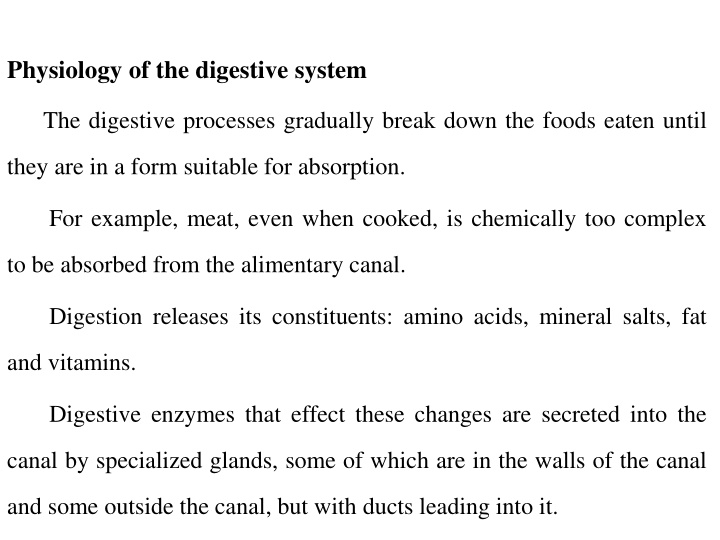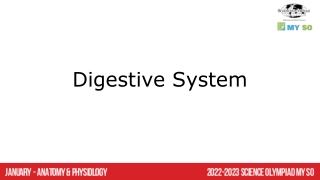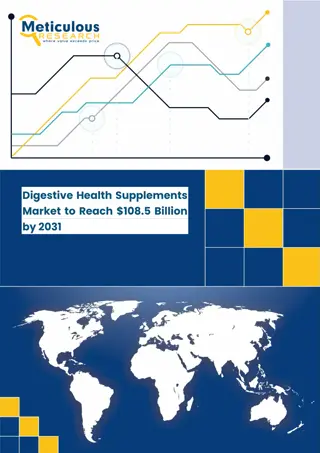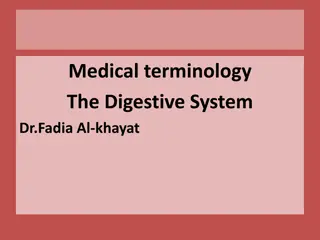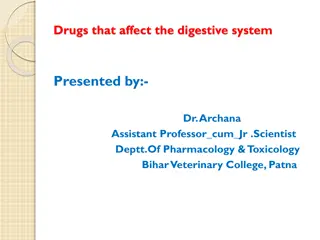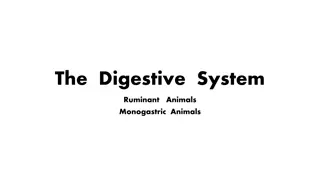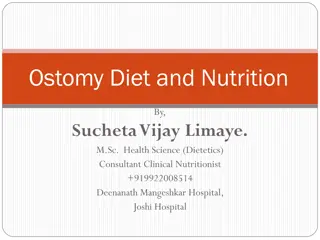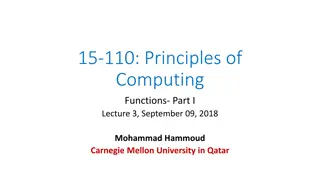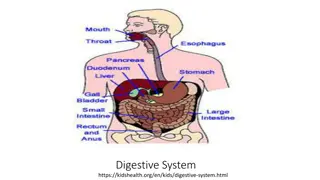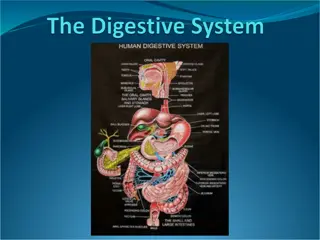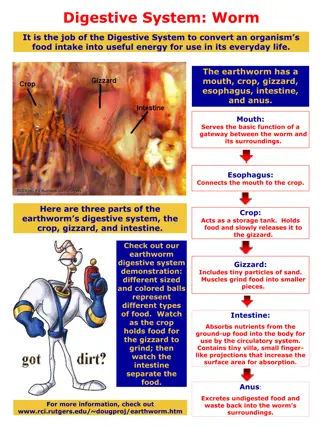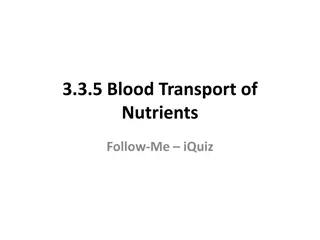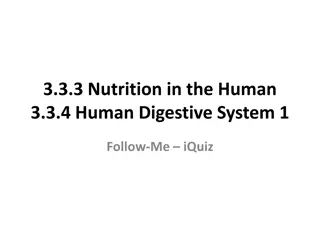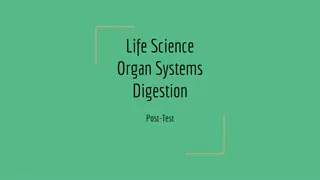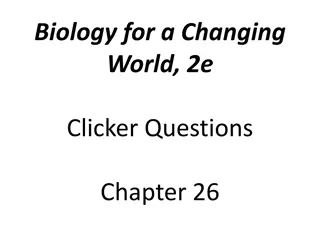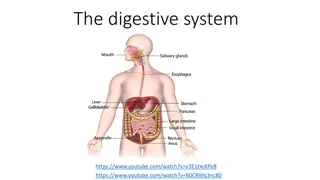Overview of Digestive System Physiology and Functions
The digestive system functions to break down food into absorbable forms through processes like ingestion, propulsion, digestion, absorption, and elimination. Specific organs and enzymes play key roles in these processes, ultimately providing nutrients for the synthesis of body constituents and energy production. Functions of the tongue, teeth, and saliva are crucial in chewing, swallowing, speech, taste, and chemical digestion, along with lubrication and defense mechanisms in the mouth.
Download Presentation

Please find below an Image/Link to download the presentation.
The content on the website is provided AS IS for your information and personal use only. It may not be sold, licensed, or shared on other websites without obtaining consent from the author.If you encounter any issues during the download, it is possible that the publisher has removed the file from their server.
You are allowed to download the files provided on this website for personal or commercial use, subject to the condition that they are used lawfully. All files are the property of their respective owners.
The content on the website is provided AS IS for your information and personal use only. It may not be sold, licensed, or shared on other websites without obtaining consent from the author.
E N D
Presentation Transcript
Physiology of the digestive system The digestive processes gradually break down the foods eaten until they are in a form suitable for absorption. For example, meat, even when cooked, is chemically too complex to be absorbed from the alimentary canal. Digestion releases its constituents: amino acids, mineral salts, fat and vitamins. Digestive enzymes that effect these changes are secreted into the canal by specialized glands, some of which are in the walls of the canal and some outside the canal, but with ducts leading into it.
After absorption, nutrients are used to synthesize body constituents. They provide the raw materials for the manufacture of new cells, hormones and enzymes, and the energy needed for these and other processes and for the disposal of waste materials.
The activities in the digestive system can be grouped under five main headings. 1-Ingestion This is the taking of food into the alimentary tract, i.e. eating and drinking. 2-Propulsion This mixes and moves the contents along the alimentary tract. 3-Digestion This consists of: Mechanical breakdown of food by, e.g. mastication (chewing) Chemical digestion of food into small molecules by enzymes present in secretions produced by glands and accessory organs of the digestive system.
4-Absorption This is the process by which digested food substances pass through the walls of some organs of the alimentary canal into the blood and lymph capillaries for circulation and use by body cells. 5-Elimination Food substances that have been eaten but cannot be digested and absorbed are excreted from the alimentary canal as faeces by the process of defecation.
Functions of the tongue The tongue plays an important part in: Chewing (mastication) Swallowing (deglutition) Speech Taste. Functions of the teeth 1. Biting off pieces of food 2. Grinding or chewing food.
Saliva Saliva is the combined secretions from the salivary glands and the small mucus-secreting glands of the oral mucosa. About 1.5 litres of saliva is produced daily. Composition of saliva Water Mineral salts Adigestive enzyme: salivary amylase Mucus Lysozyme Immunoglobulins Blood-clotting factors.
Functions of saliva 1-Chemical digestion of polysaccharides 2-Lubrication of food 3-Cleaning and lubricating the mouth 4-Non-specific defence 5-Taste
Gastric juice About 2 litres of gastric juice are secreted: 1-Water and mineral salts 2-Mucus 3-Hydrochloric acid 4-Inactive enzyme precursors
Functions of stomach 1-temporary storage 2-chemical digestion 3-mechanical breakdown 4-limited absorption of water, alcohol and some lipid-soluble drugs 5-non-specific defence against microbes 6-preparation of iron for absorption 7-production and secretion of intrinsic factor needed for absorption of vitamin B12 in the terminal ileum 8-regulation of the passage of gastric contents into the duodenum. 9-secretion of the hormone gastrin.
Intestinal juice About 1500 ml of intestinal juice are secreted daily by the glands of the small intestine. It consists of: 1. water 2. mucus 3. mineral salts. The pH of intestinal juice is usually between 7.8 and 8.0.
Functions of the small intestine 1-onward movement of its contents by peristalsis 2-secretion of intestinal juice 3-completion of chemical digestion of carbohydrates, protein and fats 4-protection against infection by microbes 5-secretion of the hormones cholecystokinin (CCK) and secretin 6-absorption of nutrients.
Functions of pancreatic juice 1-Digestion of proteins 2-Digestion of carbohydrates 3-Digestion of fats Functions of the large intestine, rectum and anal canal 1-Absorption 2-Microbial activity 3-Mass movement 4-Defaecation
Liver Functions of the liver 1.Carbohydrate metabolism 2.Fat metabolism 3.Protein metabolism 4.Synthesis of plasma proteins 5.Breakdown of erythrocytes and defence against microbes 6.Detoxification of drugs and toxic substances 7.Inactivation of hormones 8.Production of heat 9.Secretion of bile 10.Storage.
